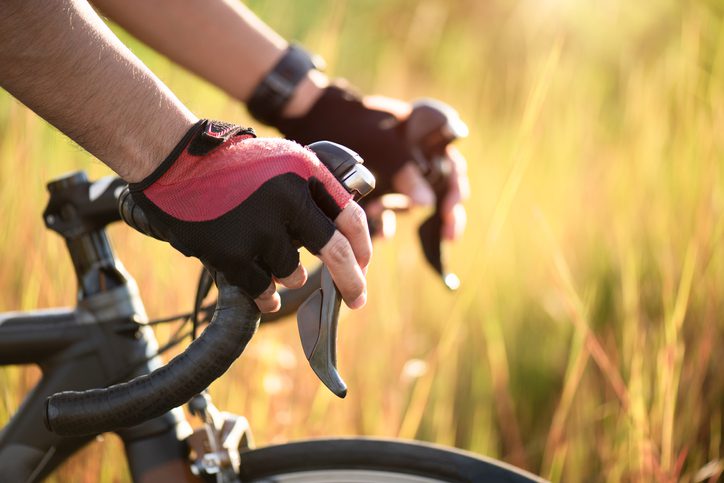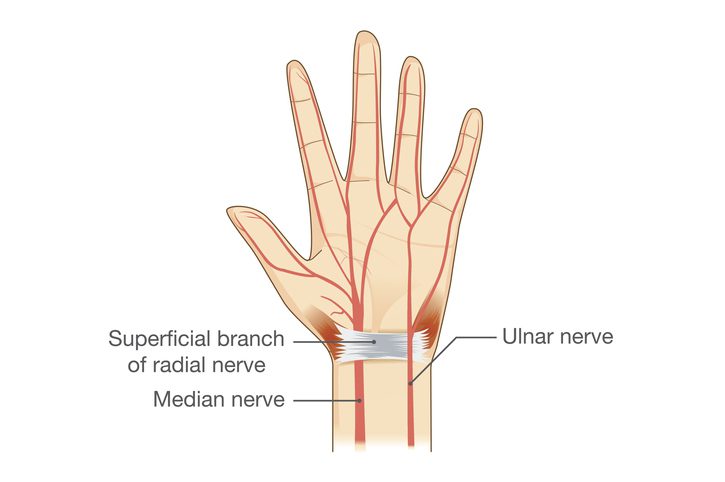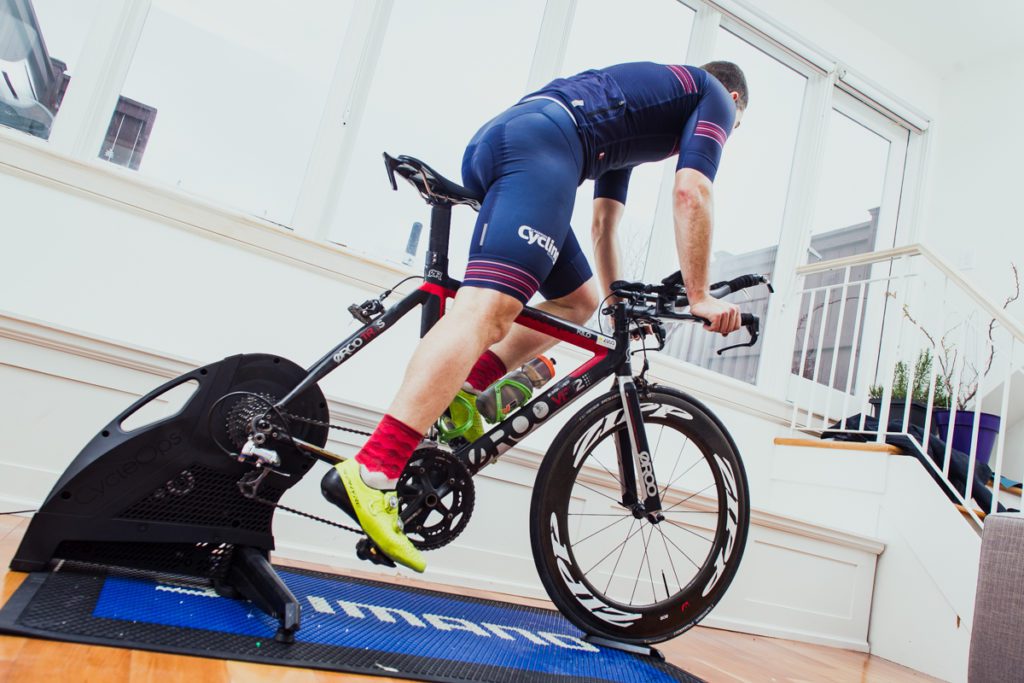Handlebar palsy: What to do about numb hands on the bike?
There's lots you can do to avoid numb hands when you're riding. Some tips on how to avoid the discomfort.

You know the feeling, its pins and needles along your ring and pinky finger. With a quick shake of the hand, the weird sensation disappears, only to reappear a few moments later. Clinically this is called “handlebar palsy” or “cyclist palsy.”

Handlebar palsy is commonly associated with compression of the ulnar nerve. Compression occurs most at Guyon’s Canal – an anatomical space in your wrist. Depending on your hand position on the handlebars, you may also experience numbness and tingling around your thumb, index and middle finger. This is due to compression of the median nerve which could present itself as carpal tunnel syndrome. However, this is more common in mountain bikers due to their handlebar set up.
Related: Making small adjustments are part of the bike fit process
Symptoms of handlebar palsy can present themselves for many reasons;
- Poor positioning on the bike – too far forward. Thus causing too much pressure through the arms and onto the hands.
- High saddle and/or low handlebars. This causes too much pressure on the arms.
- Worn down handlebar tape.
- Forgetting to wear padded gloves, or wearing worn-down padding.
- Riding on overinflated and skinny tires. This causes more vibrations to be felt through the bike and into your hands.
Related: In search of the perfect tire pressure
Handlebar palsy can be differentiated into four types. Type I occurs when compression takes place before Guyon’s Canal and results in sensory loss and motor weakness. Type II and III involve compression of the motor branch of the ulnar nerve and results in motor weakness. Type IV occurs when only the sensory branch is compressed after Guyon’s Canal (in hand) and results only in sensory loss. While the majority of cyclists and triathletes don’t experience motor impairments, chronic damage can occur if symptoms are not properly managed.
Due to the nature of this neuropathy, handlebar palsy is a common occurrence over the winter months when on the trainer. Because there is very little movement of the body and hands, the likelihood handlebar palsy is increased. While it may be dependent on a proper bike fit, the most common hand positions for symptoms are resting your hands in the drops and on the hoods by the shifters.

Related: How to get rid of knee pain
In a study published in Clinical Biomechanics (2011), researchers from the University of Wisconsin-Madison set out to give cyclist recommendations on how to aleviate cyclist palsy symptoms. Besides getting a proper bike fit, they discovered that cycling gloves with three millimetres of foam inserted into the gloves significantly reduced symptoms. Reductions varied between 10 and 29 percent.
So, if you experience symptoms of handlebar palsy here are some tips to mitigate its presentation.
- Get a proper bike fit.
- Make small adjustments to the handlebar position to alleviate pressure on hands.
- When on the trainer, consider changing hand positions every five to ten minutes to mimic road conditions.
- Reduce tire pressure and/or consider riding a wider tire.
- Consider wearing cycling gloves. While many triathletes don’t often ride a pure road bike set up in a triathlon, especially in triathlons longer than the Olympic distance, we do ride road bikes for training. Therefore, consider taking care of your hands when you do.
